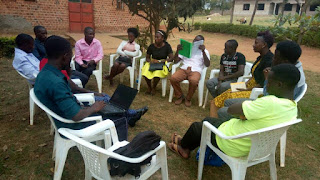Resources needed for successful meetings are:
Staffing
• Registration desk
• All staff should be up front to greet attendees and build or manage relationships
• Lead facilitators and breakout group facilitators
• Handlers for cordless microphones
• Recorders for flip charts or graphic recorders
• Note-takers
• A/V assistance, videographers
• Technical staff to give presentations
• Set up and break down of furniture and equipment
• Interpreters, if necessary
Materials
• Venue reservation with appropriate space and furniture
• Registration desk, forms, nametags
• Refreshments appropriate to time, effort and audience
• Data projectors, laptops, screens
• Flipcharts, tape, and markers
• Sound system with cordless microphones
• Presentations, posters, fact sheets, agendas
• Video
• Props for working in groups (pens, paper, pins, etc.)
• Evaluation forms, comment forms
• Child care
Planning Time
• Effective meetings take months to plan and implement
• Begin advertising at least one month in advance
Implementation Time
• Meetings generally last from one to four hours
• Arrive at least two hours ahead to ensure all set up is complete prior to early arrivals
Group Size
• Meetings can be designed to meet virtually any size audience
• For larger meetings, consider some portion of the meeting which allows for smaller group dialogue
Cost
• Simple public meetings can be done with minimal cost
• The major cost driver is staff time
• Additional significant costs can include venue rental, advertising, and neutral facilitation support


















































